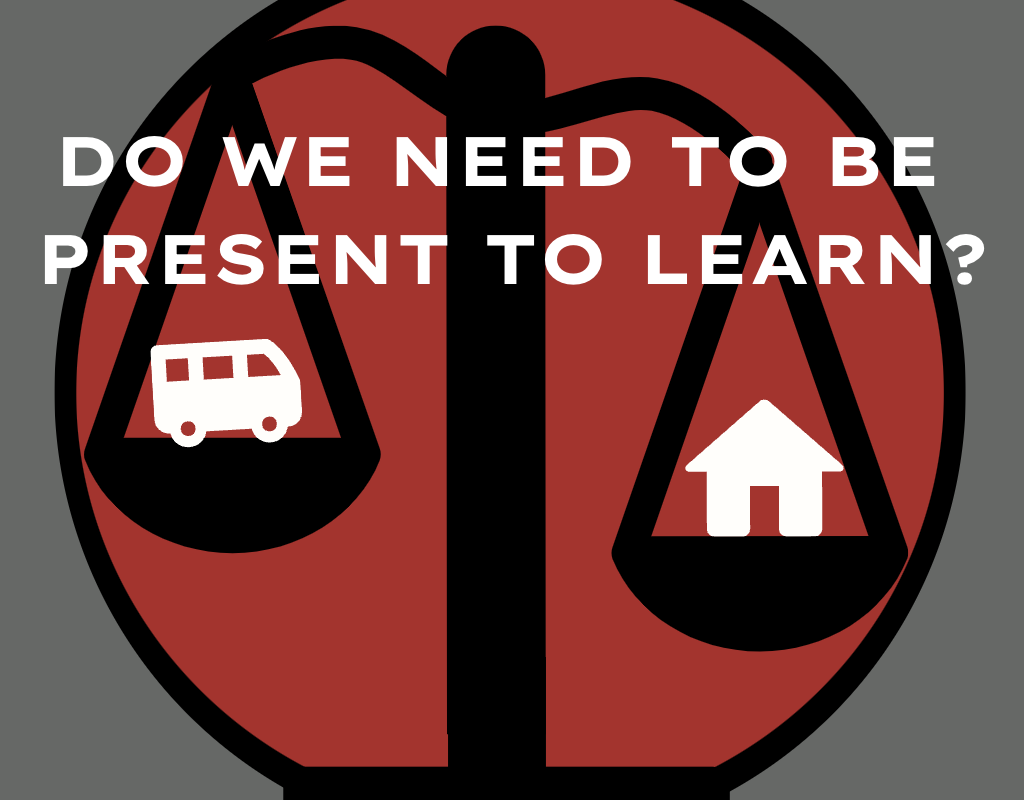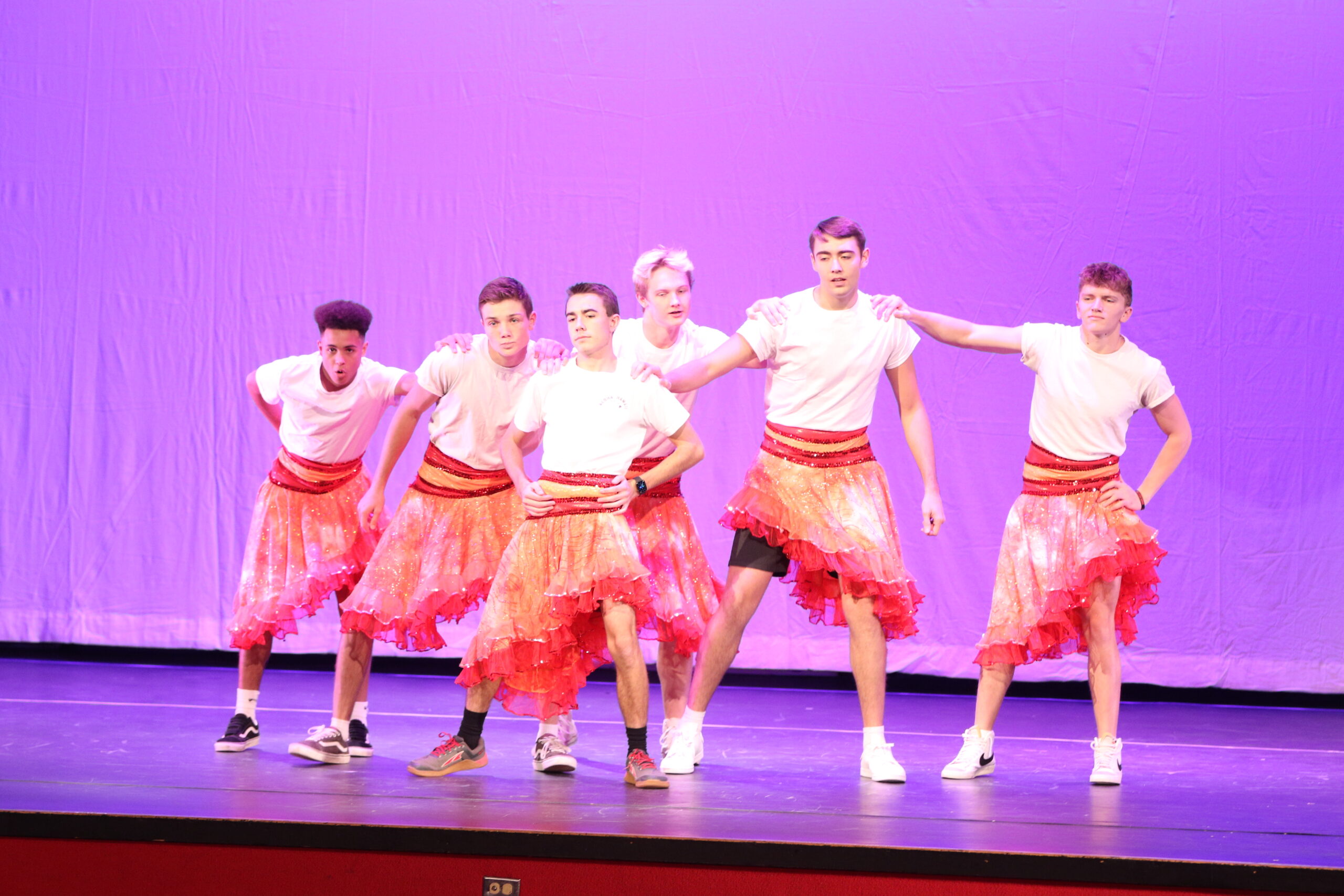For years, professionals across the state of Utah have been trying to figure out the most effective way for students to learn.
As the landscape of education changes, and more schools provide online options, one of the most common questions be- ing asked is whether or not a student needs to be present to truly learn. It is because of this that NS has begun to test which methods are best for the current student body.
The current standard for the state of Utah is that students are required to spend time in class, but this isn’t anything new to public education.
“Right now, it’s based on the Carnegie Unit,” instructional coach Ryan Syme said. “It’s like 100 years old, and they did a calculation in the 1900’s where they figured if a kid spent this many hours in a school, that it would make them competent to be an adult.”
As it stands, NS has its own rules and regulations when it comes to seat time and attendance for students.
With the new attendance policy, it’s working, in that the kids that want to be here and want to participate in activities, they feel the need to come to school,” assistant principal Matt Syme said. “The old attendance policy was connected to grades… if you didn’t go to class, you failed the class. The new attendance policy is more connected to school-related activities where if you miss enough school then you’re not allowed to participate in school-related activities.”
Just because the new attendance policy isn’t connected to grades doesn’t mean that attendance doesn’t impact students’ grades.
“We notice that most of the kids who aren’t here on a reguar basis are also the kids who are struggling academically…” Matt Syme said.
However, not tied to grades, students don’t care to attend school if they’re not involved with school.
“There’s no motivation to adhere to the policy if you’re not planning on going to a dance or a basketball game or a play or anything like that,” Matt Syme said.
Although the students may not care about their attendance, the administrators and staff are always searching for ways to help students the best they can.
“We’re very aware of students who stop attending school,” Matt Syme said, “and we want them back and we want them here.”
Even if there are students who are not involved and worried about their attendance, they do not account for the entire student body. There are students who are involved that find that school attendance is important for their learning.
“I’ve missed a lot of school for things like sports and clubs and vacations, but when I’m not here, I have to check in with teachers for assignments I missed and take extra things home,” sophomore Summer Johnson said. “It’s kinda hard to learn by myself, and I get it done, but I don’t feel like I learn, and I have to work a lot harder.”
Another major aspect of school attendance is whether or not students are in class or online and how that affects their learning. Students can join the Hawks Online program that allows them to take classes online, but that might not always be the best option, as many don’t complete the classes.
“Usually it’s motivation that they lack,” credit recovery teacher James Sadler said. “When you’re home, you’re at your own devices, and you don’t have any peer pressure or even a teacher’s pressure to get work done, so it’s easier to for- get the work to do.”
While being online means that there isn’t a set schedule for classes, some find it helpful to get the work done at their own pace.
“In some cases though, it’s beneficial because some students will want to progress at their own pace and go faster,” Sadler said, “but ultimately most students benefit from in-person.”
Although the current system with Carnegie hours and required seat time isn’t as effective for every student as was once believed, educational leaders at NS have considered alternative forms of learning to help every student be engaged with their learning.
“A kid can be more engaged at home doing something they’re interested in than being in a class that they have no interest in,” instructional coach Dax Higgins said. “You’re physically present but you’re not present.”
Some students struggle with the current system, so the state of Utah is trying to push more personalized learning tactics.
“You have to consider how much is too much and are there alternate ways that we can help them learn the same concepts without grinding,” Higgins said. “That’s where the personalized aspect comes in. We have to understand, and the student has to understand, where they’re at and then how to move them forward. Every student can learn but we just have to make it so that we’re helping them facilitate that learning.”
One way NS is implementing these alternative ways of learning is by training teachers, who are called Vanguard teachers. Vanguard teachers, such as Alex Bailey, apply new ideas and concepts that are supposed to help students personalize their learning within their classrooms and give feedback.
“Something I started last year and tried to keep this year is allowing for more student voice and choice,” Bailey said, “and that’s a PCBL [Personalized, Competency-Based Learning] principle and idea that is like letting students take more ownership of how they want to show you what they learn.”
By letting students choose how they wanted Bailey found a significant increase in active participation from the students.
“We made a list and then I took their ideas and I came up with assignment sheets and rubrics,” Bailey said. “The result of that was, I think last year that in all three of my classes, I think I maybe only had ten kids who didn’t turn anything in. Which is crazy and that was by far the best, highest number of assignment completions I had up to that point.”
While the implications are new, students are finding that personalized learning is beneficial to their school experience.
“I feel like kids should come to school, and they should be able to learn at their own pace,” sophomore Sean Allred said. “It would be beneficial for those who are ahead so they can get it done and those who are behind can catch up and get help from their teachers.”
Unfortunately, no matter what students may or may not benefit from, nothing is going to happen immediately.
“Our whole system, for a hundred years, has been built to funnel kids into school for 990 hours and 180 days,” Ryan Syme said, “and we can’t just walk away from that right now; it would be absolute chaos. So you’re not going to see major changes right now; it’d take years.”




